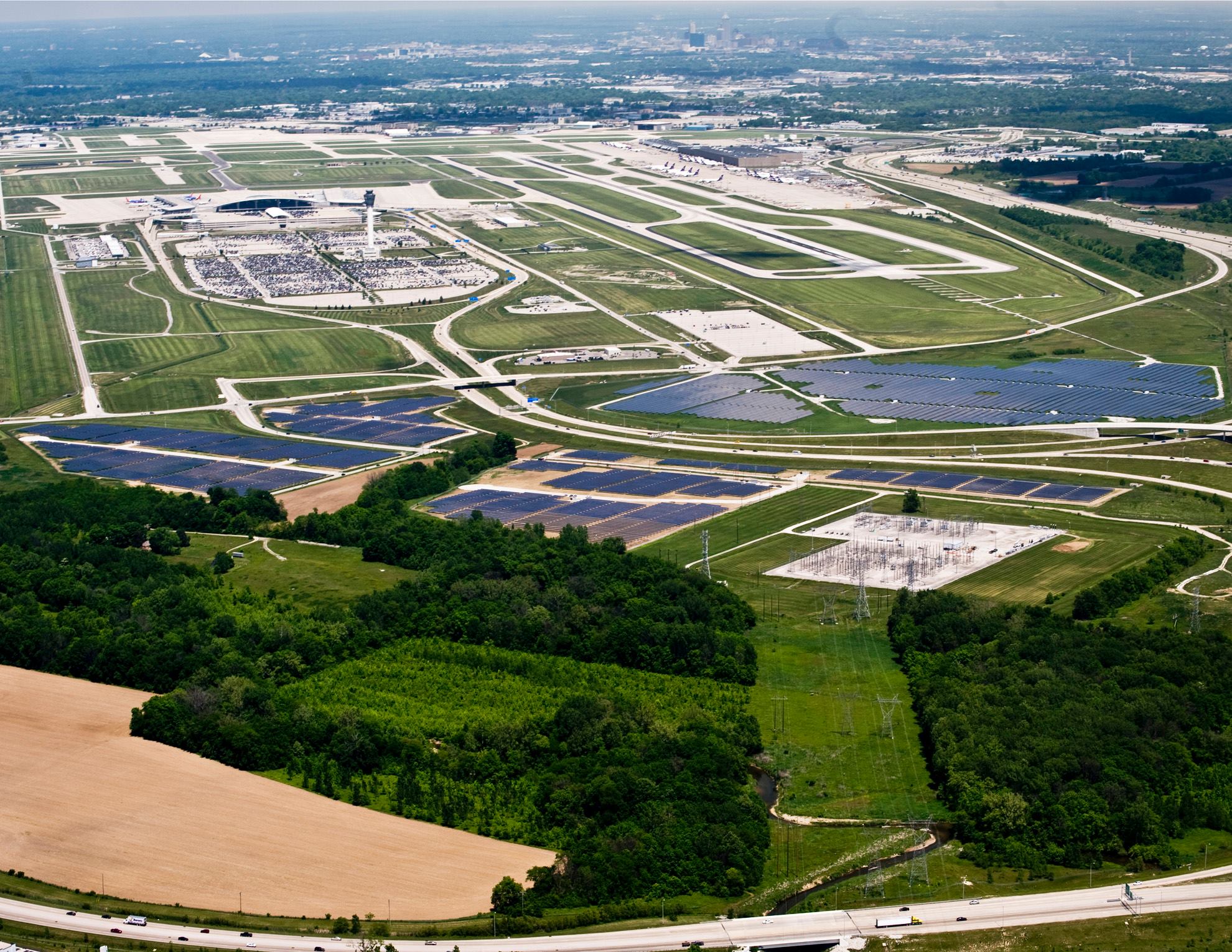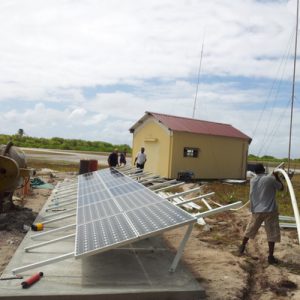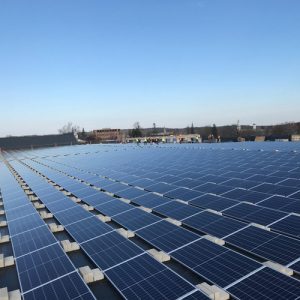Feasability Study
Feasability Study
Feel confident working with Aviation Renewables to ensure your Solar PV Grid Tie Feasibility Study is done quickly and accurately. We understand that the final question that needs to be answered is: “Can a Solar PV Grid Tie system meet the outcome the airport wants to achieve?”. A Solar PV Feasibility Study is the tool needed to ensure you have all the facts to make an educated decision. Discussed below are parts of the Feasibility Study the client should be looking for and aware of.
A Solar PV Grid Tie Feasibility Study is the first step towards developing and installing a technically and financially sound Solar PV system. Feasibility studies can be broken into three main parts: investigation, mandated studies, and ROI. Although there are exceptions, almost all studies include these three components. The ROI is where all the pieces of the investigative puzzle come together.
Investigation
There are comparable issues that must be addressed with every study – roof capacity, land use, shading, structural assessment of the buildings roof loading, client energy goals, the energy-usage profile, understanding how the energy bill is calculated, utility interconnection agreements and any involved restrictions.
Understanding the energy demand curve profile
Understanding the energy profile is a critical component of a feasibility study. In many cases, most clients do not have information on their energy usage. Most only have the utility bills, which only give a partial picture of how the load is used. A key component is knowing when and how the heaviest electrical loads occur throughout the day. For a lot of airports the largest load is the air conditioning.
Understanding how the utility bill is calculated
Understanding the commercial utility bill is another important part of the investigative process. The key is in knowing how, when, and at what level of load application is best suited to manage the reduction of energy bills. The fees charged by the utility can either make or break the feasibility of a PV system.
Site-specific requirements
Many site-specific requirements also must be addressed in feasibility studies. A key example is that many military bases have restrictive areas that must be addressed. All air fields have required clear zones, which restrict the kind of structures that can be built in these areas. We take into consideration site specific factors that can influence system design, equipment selection and installation cost.
Mandated studies
The Federal Aviation Administration requires a glint and glare study to be performed on any solar project within an airfield property. The analysis determines how the glare from the solar panels could affect aircraft and control towers along the landing and departure flight paths. The study should determine the intensity and time of day the glare can be most disruptive. Sometimes, a simple degree of change in tilt angle or compass direction can solve a potential problem before installation. Identifying this issue upfront can prevent additional cost from having to changing the angles after the fact.
Return on Investment
This is where it all comes together. All the information that has been discovered from the investigation can now be put together and develop a big-picture scenario through the ROI.
When calculating a return on investment, several points must be considered. Many times, an ROI is shown without a time frame or projected payback period. Without the projected payback period, it is difficult for the client to make an evaluation and determine the financial risks. You will be provided a financial summary with estimated cost, including estimated tax credits, accelerated depreciation, grants, or incentives as applicable.
Deliverables
- Preliminary Site Plan
- Single Line Diagrams
- Purchase Specification









